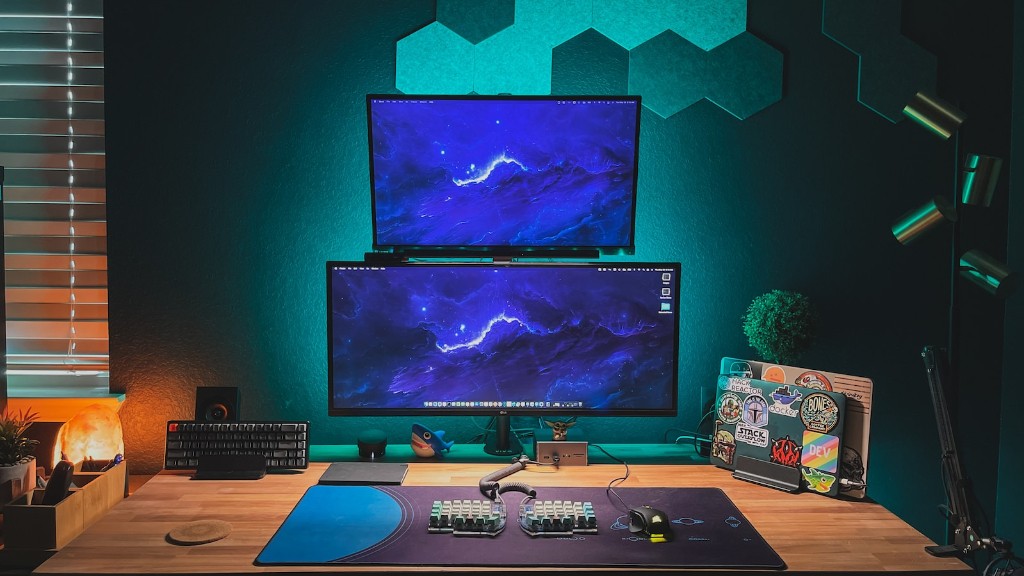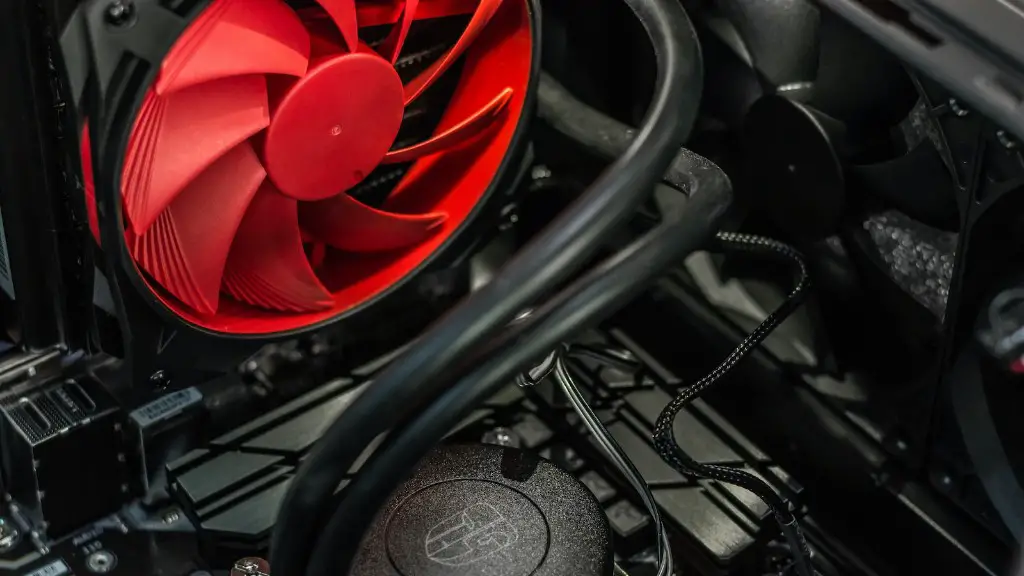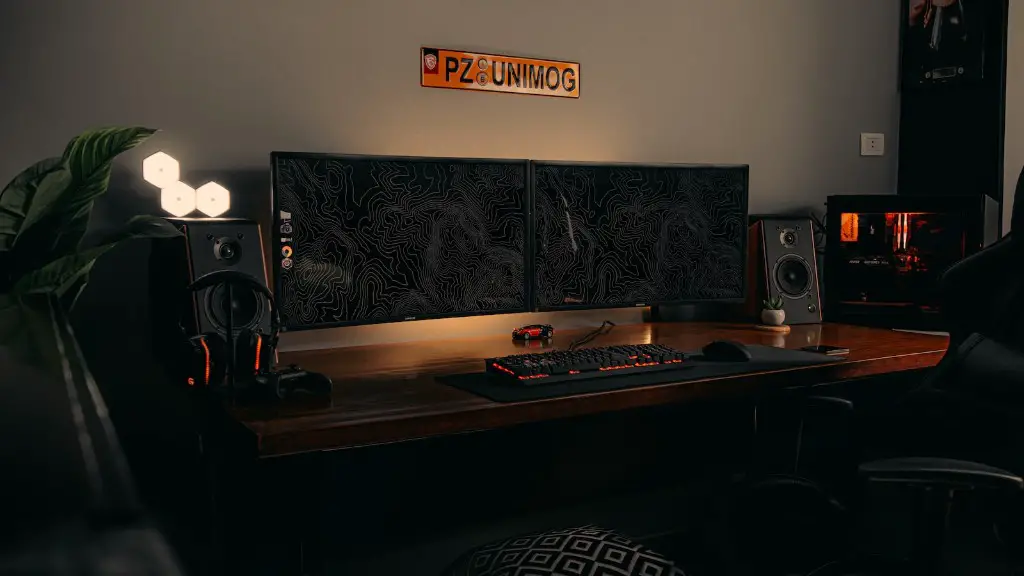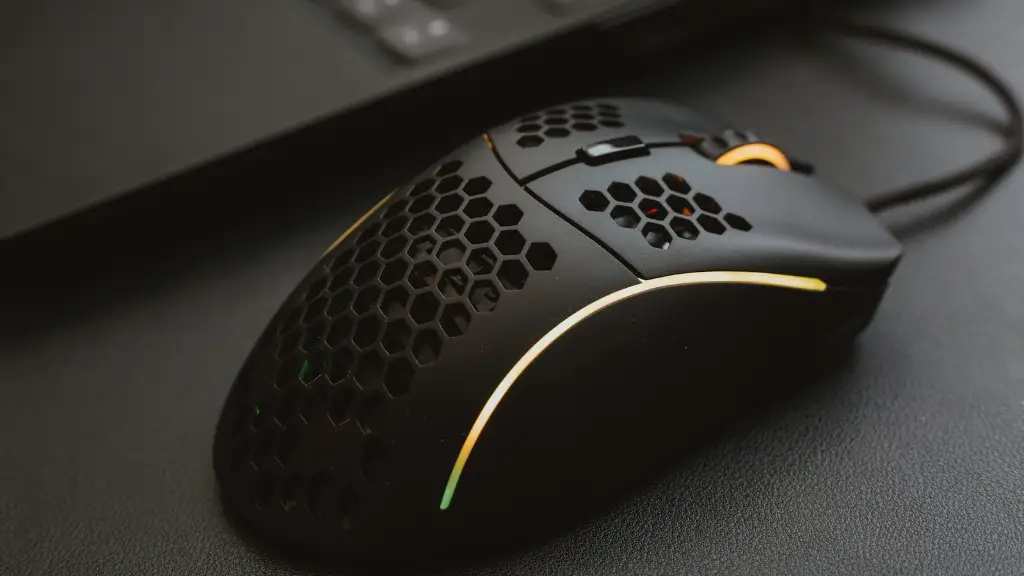When it comes to gaming, it can be essential to have a monitor that offers the best experience possible. But with so many monitors on the market, it can be difficult to choose the right one. So, what am I looking for in a gaming monitor?
The first thing to consider is how large or small your monitor needs to be. If you plan on using the monitor for gaming, then the size usually depends on your space. You’ll need a large enough monitor to display your games in the best way possible without taking up too much of your space. Additionally, the resolution of the monitor can also matter, as it will determine the clarity of the image you see.
Secondly, the type of panel the monitor utilizes is an important factor. There are three types of panels commonly used in gaming monitors – twisted nematic (TN), vertical alignment (VA), and in-plane switching (IPS). Each one has its own set of pros and cons. TN panels typically have the lowest response time and fastest refresh rate, which can be beneficial for gaming. However, they have narrower viewing angles, making it difficult to see the image properly when viewed from angles. Meanwhile, VA panels provide decent image quality and wide viewing angles, but they tend to have slower response times and higher input lag. Last but not least, IPS panels typically provide the best image quality, though they tend to have higher input lag and may not have the fastest response time.
Another factor I look for in a gaming monitor is its adaptive sync technology. If a monitor supports adaptive sync, it works in tandem with the GPU to reduce input lag, stuttering, and screen tearing that can often occur with fast-paced gameplay. This can improve the overall gaming experience and make gameplay smoother.
Finally, I consider the built-in features the monitor provides. Some gaming monitors come with additional features, such as built-in speakers, or support for technologies like AMD FreeSync or NVIDIA G-Sync. Considering these options can help you decide which monitor is best for you and give you an edge in the gaming world.
Size & Resolution
When selecting a monitor for gaming, size and resolution are invaluable factors to consider. Not only should the screen size fit into your available space, but the resolution should be high enough to provide a clear image. Higher resolutions generally mean more detail, making it easier to discern in-game features and improving the overall gaming experience.
Size and resolution usually go hand in hand, however. Although higher resolutions mean clearer images, monitors with higher resolutions tend to be smaller in size. As such, it’s important to consider if you need a large screen or if a small one will suffice depending on the types of games you plan to play.
Some higher-end models may offer additional features for size and resolution. For example, newer models may offer a “super-wide” mode, providing an extra-wide field of view by stretching the available image across two monitors. Additionally, curved monitors can enhance the gaming experience by providing an immersive experience.
Panel Type
The type of panel a gaming monitor uses is equally important in determining its overall performance. As previously mentioned, there are three types of panels commonly used – TN, VA, and IPS. Of these, TN panels generally have the lowest response times and highest refresh rates while providing a decent picture quality. On the other hand, IPS panels offer superior image quality but offer slower response times.
When choosing between the different types of panels, researching each one to find out which one best suits your needs is a must. For instance, TN panels may offer a higher refresh rate and response time, but they tend to have narrow viewing angles. This can make it difficult to view games from certain angles. Meanwhile, VA panels have a decent picture quality and wider viewing angles, but they generally have slower response times. Meanwhile, IPS panels provide the best quality but tend to be more costly.
Each of these panel types offers its own set of benefits and drawbacks, so before deciding on a monitor, be sure to research each one to figure out which one is best suited to your needs.
Adaptive Sync Technology
Adaptive sync technology is a must for gamers, as it reduces issues that can arise due to speed. Whether it’s input lag, stuttering, or screen tearing, a monitor that supports adaptive sync helps counteract these issues, making the gaming experience smoother.
Adaptive sync works by synchronizing the monitor’s refresh rate with the video frame rate being outputted by the GPU. This reduces the chance of frames being “dropped”, thus eliminating stuttering and screen tearing and improving input lag.
When considering gaming monitors, be sure to check if they support adaptive sync. This can help provide a better gaming experience and eliminate issues that could otherwise hamper it.
Built-in Features
The built-in features a monitor offers can also be important. Advanced gaming monitors often include built-in speakers, or support for technology like AMD FreeSync or NVIDIA G-Sync.
FreeSync and G-Sync are two types of adaptive sync technology that can provide gamers with an edge. FreeSync works with AMD graphics cards while G-Sync is designed to work with NVIDIA graphics cards. Essentially, they reduce screen tearing, stuttering, and input lag by automatically synchronizing the graphics card’s refresh rate with that of the monitor.
Built-in speakers can also be beneficial for gaming. Unfortunately, speakers on gaming monitors typically don’t offer the best sound quality. Having external speakers or headphones can certainly make a difference, but built-in speakers offer a decent amount of audio quality.
When choosing a gaming monitor, it’s important to consider the built-in features it offers. While some of these features may not be necessary, having them can prove beneficial for gamers, as they can improve the overall experience.
Standards & Quality
When buying a gaming monitor, something else to consider is the standards and quality of the monitor. A gaming monitor must provide exceptional quality at an affordable price to be worth the investment. Therefore, it’s important to look at the specs and features a monitor has to offer and compare these to the price point.
Features like resolution, contrast ratio, color accuracy, brightness, and more all contribute to a gaming monitor’s overall quality. For instance, a higher resolution generally means better quality. Higher contrast ratios also usually mean better quality, as they make the blacks darker and whites brighter. These features, in addition to others, can help improve the overall gaming experience.
Additionally, when it comes to the build quality, it’s important to check for details like the level of adjustability offered. This can determine how comfortable you feel when gaming and can greatly impact the overall experience. Furthermore, look for monitors with strong stands, as this can also affect the overall viewing experience.
Cost & Value
Last but not least, cost and value should also be taken into consideration when choosing a gaming monitor. As previously mentioned, the price should be well-balanced in terms of features and quality offered. However, it’s also important to check for any additional features that might be included in the purchase.
For instance, many gaming monitors come with built-in headphones and premium stands. These additions may come at a higher cost, but if they offer a better experience and more comfort, they may be worth it. Similarly, buying a bundle may cost more initially but could save you money in the long run.
Ultimately, when it comes to a gaming monitor, cost and value should be taken into account. Make sure to look for good prices and take the time to consider any extras that might come with the purchase.




